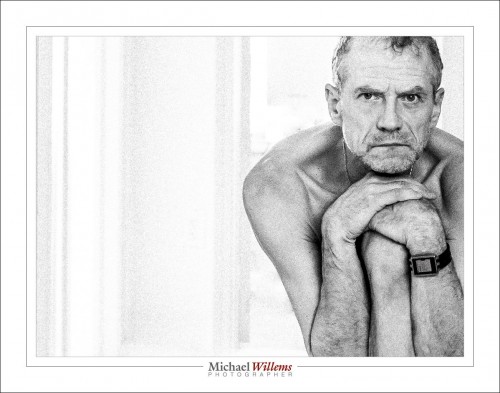We spend a lot of time getting rid of, and better, preventing, “noise”. Grainy pictures due to extra amplification of signal that should not be in the image. Noise is worse at high ISOs and at low light levels. The signal-to-noise ratio is the important number, and exposing to the right, among other things, minimizes noise.
In fact, you can do a number of things to reduce noise:
- Use a modern camera.
- Use a large sensor.
- Use low ISO.
- Expose brightly (“expose to the right”).
- Do after-the-fact noise cancellation using, for instance, Lightroom.
But is grain always bad?
Surprisingly, the answer is “no”. Film grain gives your photos that old film look:
If you view that full screen, you see that it looks like old Kodak Tri-X film. And that can add to the mood you want to convey. It is for that reason that Adobe Lightroom has “Grain” as an “effects” setting in the Develop module.
This type of grain also enhances apparent sharpness, and hides skin blemishes. So go ahead: if the mood calls for it, add some grain when you like.
So: do not obsess. Noise bad, but sometimes noise good. Often, noise is not as bad as at first we think.

